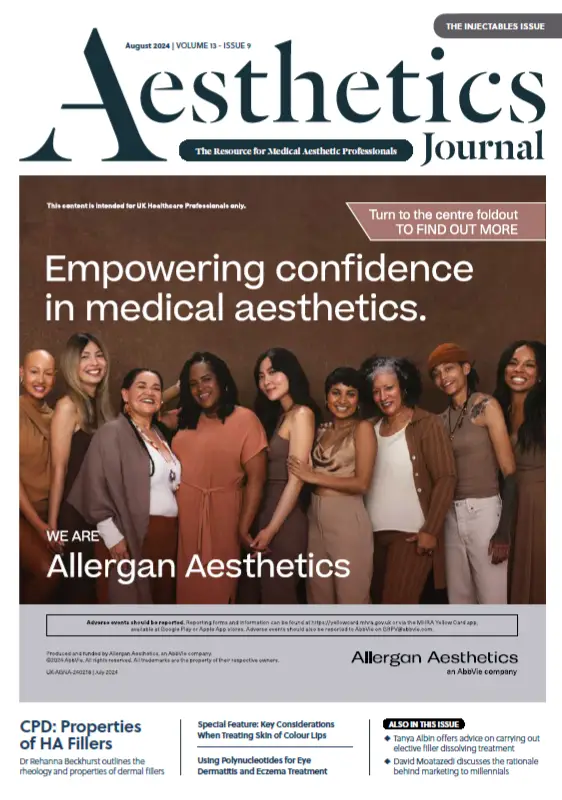Consultant oculoplastic surgeon Mr Daniel Ezra details his approach to treating ‘almond eyes’
To access this post, you must purchase Aesthetics Journal Membership – Annual Elite Membership, Aesthetics Journal Membership – Annual Enhanced Membership or Aesthetics Journal Membership – Basic Membership.









